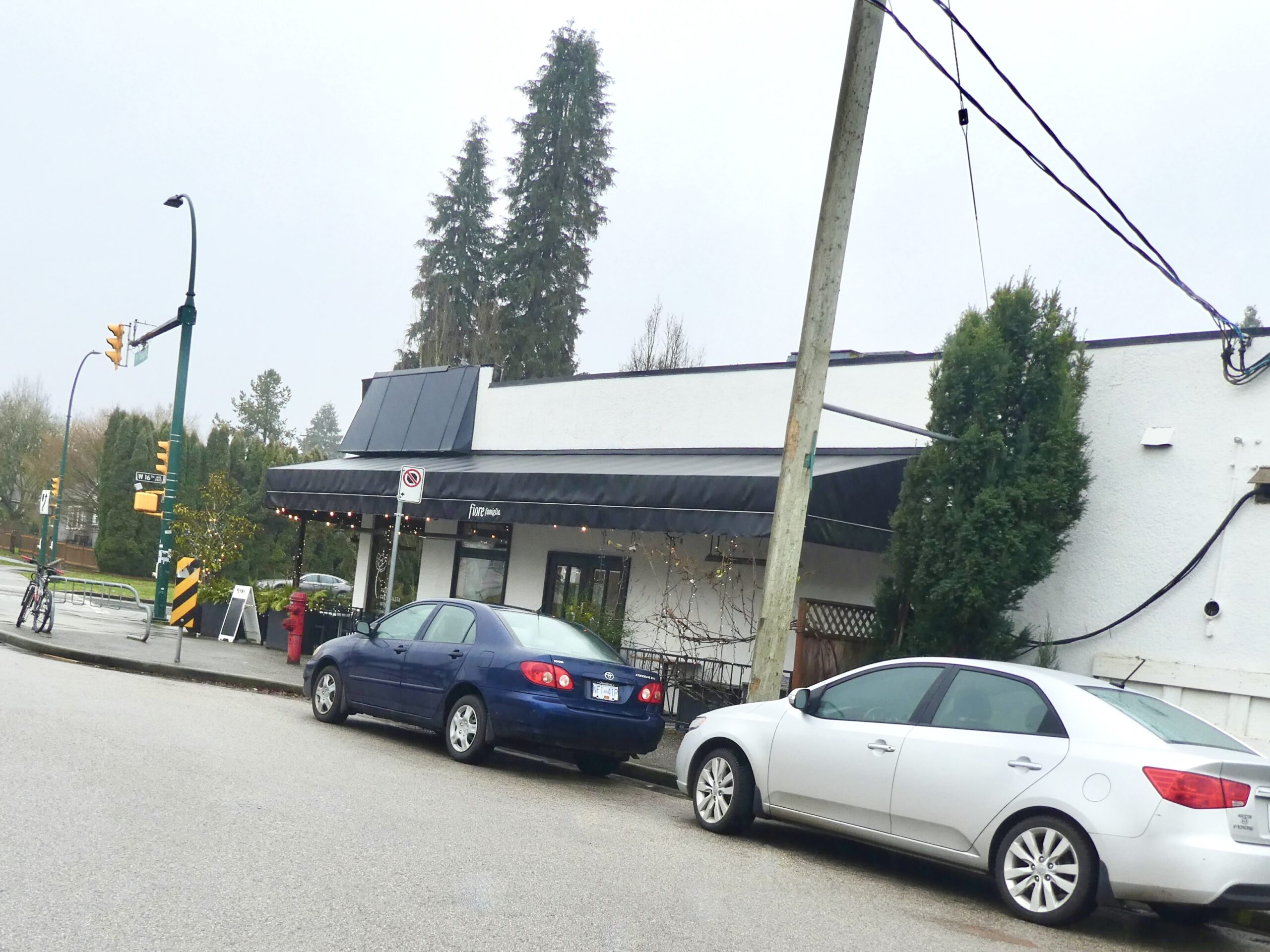
Jan 4, 2025: City asks for public feedback on Villages Plan
It Takes a Village to Raze a Neighbourhood
Dear UKRA members:
Council’s unanimous Dec. 12 vote to hyper-densify the Broadway Plan with towers between 20 and 40 storeys should have come as no surprise. It had the blessing of Mayor Ken Sim, all City Councillors, and Vancouver’s new Chief City Planner, Josh White. So in lockstep are the politicians and planners that White told the Vancouver Sun’s Dan Fumano “…I’m so philosophically aligned with them [the Province’s housing mandates], I could have written them myself.”
The only kids banned from the tree house of consensus? Renters, home owners, and small businesses that live and work in the affected neighbourhoods. (By UKRA’s count, 98% of those who spoke to Council about the Broadway Plan were vociferously opposed to it.) But the concept of preserving neighbourhoods is as passé to our planners as paper money is to the Mayor.
Instead, the City has moved on from distinct neighbourhoods and is readying to reorganize them through the new Villages Plan. It’s all being carried out in the name of still greater densification.
Consistent with the Vancouver and Broadway Plans, the Villages proposal has been short on public consultation. Neighbours, in fact, will be barred from giving their opinions when new features get added because, under the Vancouver Plan (approved in 2022), the land will all be pre-zoned.
According to the City, the changes are in line with new Provincial legislation to both increase and accelerate new housing across Vancouver. “Small clusters” of new retail space will be built around existing retail shops and homes in residential neighbourhoods across the City.
Upper Kitsilano is included in the plan and has been mapped out as one of the “West Villages.” (See below). The four areas run along the arterial spine of Macdonald/Mackenzie from 12th Ave in the north to about 43rd Ave in the south, and from Blenheim St in the west to about Vine St in the east.
New development must be within 400 metres or a five to eight-minute walk from established retail pockets. In all, 25 different areas have been slated for transformation, but the plan focuses on 17 of those for now. The idea of the Villages Plan is to create Missing Middle housing of up to six storeys (for now). The Plan is being billed as a social housing initiative accessible for people of all incomes.
At the Dec. 5 Villages Open House, UKRA asked if housing prices would be truly affordable. One staff member seemed somewhat doubtful that rents would be affordable to local wage earners, particularly in the western Villages. Another staff member, Kirsten Behler, who works on the Villages Program, agreed that rentals may not be affordable in some Villages. The City’s current definition of social housing is 70% market rental and 20-30% below-market housing. But as a proponent of the trickle-down theory, Behler believes prices will eventually come down as more housing gets built.
The Villages Plan can be viewed on the Shape Your City survey site, and the survey will be open until Jan. 10. UKRA urges all members to act now if you would like to have your say.
Every new plan has its critics. Some developers say that many of the Village areas already have existing affordable housing. In our previous letter of Nov. 11, “Villages coming to a neighbourhood near you,” retired City Senior Planner and designer Scot Hein said one problem with City-wide plans is that cherished shops and gathering places for the community can get lost in the transition. Hein reminded Globe & Mail writer Kerry Gold in the paper’s Nov. 1 issue of the now defunct Ridge Theatre and bowling alley. The longstanding 16th Ave and Arbutus attractions were cherished neighbourhood amenities that were lost to generic redevelopment. He said a standard, responsible design approach would be to map out each neighbourhood’s significant cultural assets and protect them. Sadly, he doubted that work would be done, saying the City Planning department’s flavour of the day is current mixed-use “generica,” meaning big concrete boxes of multi-storey condominiums set above street-level chain stores.
The Planner who expressed doubt about the affordability of Village housing said that for now, decisions have not yet been made on which new features will be added to the proposed Villages. For example, the City could decide to keep the zoning the same in an area and rezone only some lots. He stressed that there is no guarantee that any older buildings will be saved. “It’s dangerous for us (the City) to wade in and decide who will be the winners and who will be the losers.”
Timeline: The draft Villages Plan is expected to go to Council for consideration in spring 2026. The City says new development will be “gradual over the next 30 years.” This sounds a lot like the Broadway Plan, which originally envisaged 30,000 new homes over 30 years until that number leapt to 41,500 homes after amendments were recently added.
And if the actual timeline of the Villages Plan turns out to be anything like the Broadway Plan’s, the rate of demolition and construction could be greatly accelerated. Just two years into the Broadway Plan fully two-thirds of the 30-year plan’s home construction targets are already in play. The City’s vision for the new Villages is hard to judge at this point because specific goals for how many housing units and type of shops, small businesses, and specific public amenities have not yet been made public.
Photo above: Corner of 16th and Trafalgar. Existing housing and shops.



No Comments